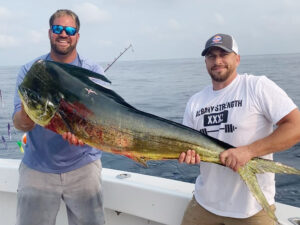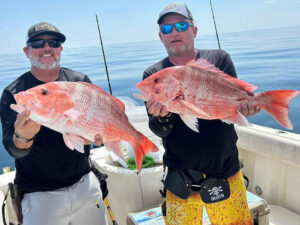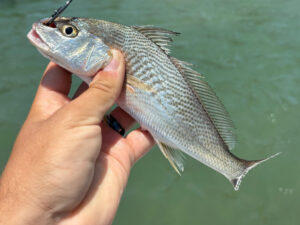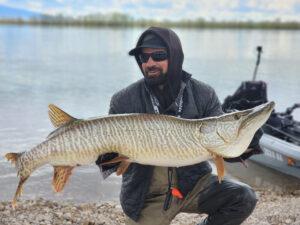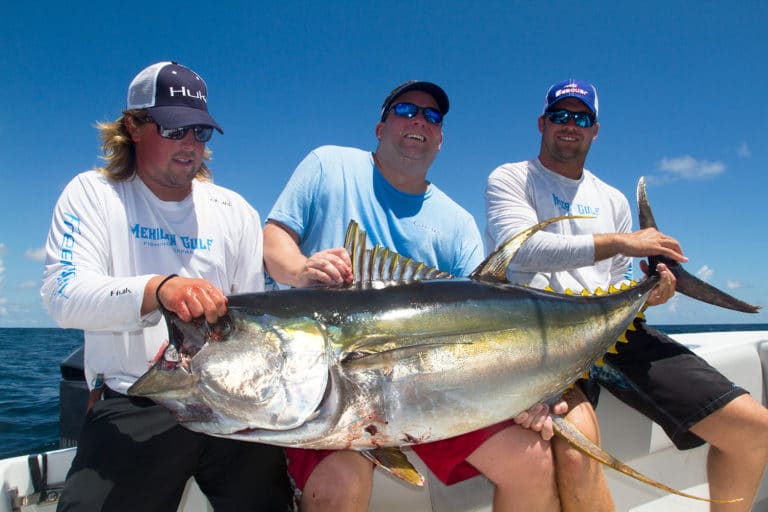O P I N I O N
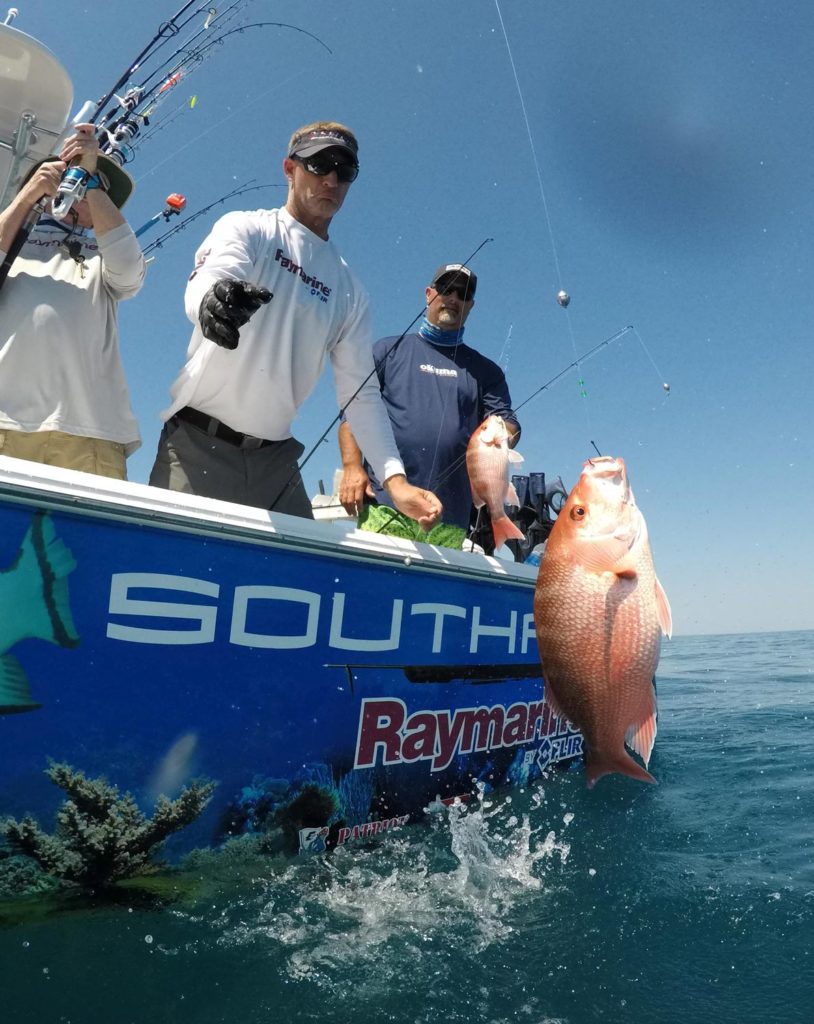
When it comes to the great red snapper management mess, the consensus of opinion among recreational-fishing interests and advocates is that states (vs. the feds) can manage coastal fish stocks more effectively and fairly.
One assumption here is that states are much more in tune with recreational fishing in their waters.
Well, in that regard, Louisiana has just delivered a solid bitch slapping to the recreational-fishing community.
At least, that has been the reaction of many anglers’ groups to the surprise announcement made by the Louisiana Department of Fish and Wildlife on Thursday (May 25th) that a group of 150 anglers would be gifted with 25,000 pounds of red snapper in 2018 and again in 2019.
For this special group, there would be no more bag limits, no restrictive seasons. Each would have some number of red snapper — initial projections suggest 20 — that they would then “own,” to catch when/where/how they wish.
For everyone else (all other anglers), it will be business as usual (though a bit less in fact, since that 25,000 pounds would be deducted from the state’s harvest, shortening the season slightly).
In case you haven’t yet made the connection, let me make that for you. In two words: catch shares.
Red Snapper Catch Shares
The term “catch share” has become something of a voodoo incantation among rec-fishing interests in recent years, as some large environmental non-governmental organizations (notably the Environmental Defense Fund) have pushed the concept hard — as a better way to manage, they insist; anglers say as a better way to limit the sport.
Catch shares 101: Resources (whether that be sea scallops or red snapper or whatever) become a commodity, divided up to be owned by specific individuals. They may catch what they then own (their share) anytime they wish.
I’ve long acknowledged that, from many angles, this may indeed be an effective way to manage certain commercial fisheries.
But EDF and like minds seem determined to push the catch-share concept on recreational fishermen, where it fits about as well as a ballerina’s tights on a sumo wrestler. No one that I’ve seen has offered up a reasonable way to apply the concept. Most often, it comes down to a tag system, so for a given species — red snapper, amberjack or whatever — a certain number of tags could be purchased by anglers (at a set price — or perhaps to the highest bidders) who then catch a given species, whenever, to fill out his tags. (Those among the many not lucky or wealthy enough to buy tags, might then just stop fishing, at least for catch-share species).
The program proposed by Louisiana certainly qualifies as catch-share management. In this case, it simply avoids the need to sell tags by designating the 150 lucky “winners” and giving them each 20 red snapper tags.
EDF seems determined to push the catch-share concept on recreational fishermen, where it fits about as well as a ballerina’s tights on a sumo wrestler.
Louisiana: Out of Touch with Recreational Fishermen
How could the state of Louisiana be so out of touch with its many constituents who fish for sport, and so disregard their concerns?
That indeed is the question that anglers’ groups like the Coastal Conservation Association, the Theodore Roosevelt Conservation Partnership and others have been puzzling over, especially since the LFDW took the time to meet with these groups the day before this announcement. At that meeting, with the topic being ways the state might address the red snapper mess now that the feds had given Louisiana a green light to try to find new avenues for management success, state officials never even mentioned this as one possibility.
“This proposal never came up one time during that more than two-hour discussion,” Chris Macaluso told the Louisiana Sportsman. He added: “This was done completely behind our backs with no consultation by recreational fishermen. This is clearly a move designed to privatize a public resource, and we are completely opposed to it.”
Earlier this year, I penned an editorial in SF entitled “Bedlam in Baton Rouge.” After that, Louisiana governor John Bel Edwards’ choice to head the LDWF — who seemed determined to totally dismantle all positive relations with the states’ recreational anglers — was fired.
But here’s deja vu, with Edwards’ administration again inexplicably sticking it to anglers.
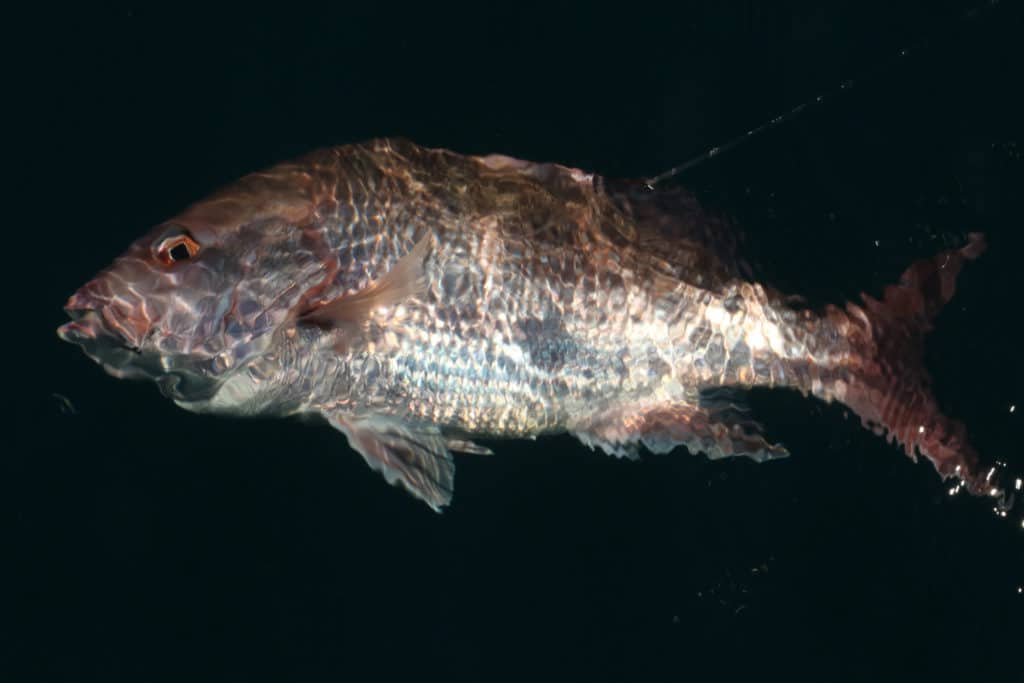
Catch-Share Decision in NOAA’s Hands
The ball is in motion but far from the goalpost for those who want to force catch shares on recreational fishing. The next play comes in June at the Gulf of Mexico Fishery Management Council meeting. There, it will be discussed and considered, but while a recommendation might be forthcoming, either way the ultimate and final thumbs-up or -down for the implementation and possible expansion of this program will come at some point after that from Roy Crabtree, the southeast regional administrator for NOAA. His decision will deliver either another bitch-slap to recreational anglers, or provide a welcome sigh of relief at a bad idea, rejected.
Sport Fishing welcomes opportunities to share a variety of perspectives from prominent or influential participants in issues related to recreational fishing and fisheries.


